Haworthia? Aloe? Take This Quiz to See If You Can Tell Them Apart
Succulents are totally trending, but telling some varieties apart is harder than you’d think! Haworthia and aloe plants look so similar that even succulent pros get stumped sometimes. But don’t worry, we’re here to help with a fun quiz to test your plant identification skills. Stick around to discover the sneaky differences between these two trendy succulents. Your green thumb is about to get even greener!
Both haworthia and aloe hail from southern Africa and have thick, triangular leaves in shades of green. They’re also resistant succulents that handle drought conditions like champs. With so many similarities, you might be wondering how to tell them apart.
Get ready to take notes, because here are the key differences that separate haworthia from aloe:
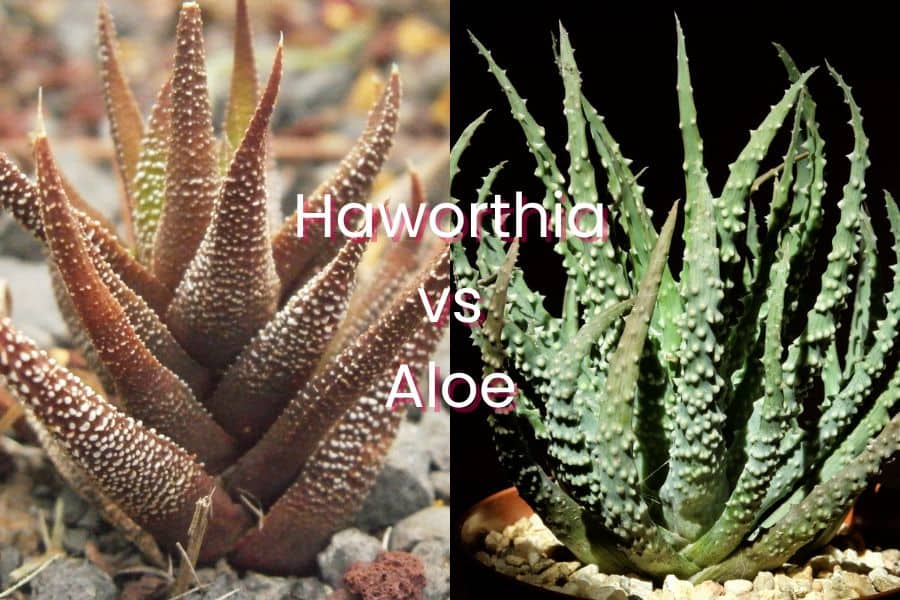
Contents
3 Surefire Ways to Spot the Differences
Size
The biggest giveaway is their size. Mature haworthia plants max out at a modest 12 inches wide. Aloe plants, on the other hand, can tower over you! Some tree-like aloe varieties grow over 30 feet tall with long, reaching leaves.
Flowers
Haworthia flowers are dainty, white and tubular. Aloe blooms are larger, more cylindrical, and come in fiery shades of red, orange and yellow.
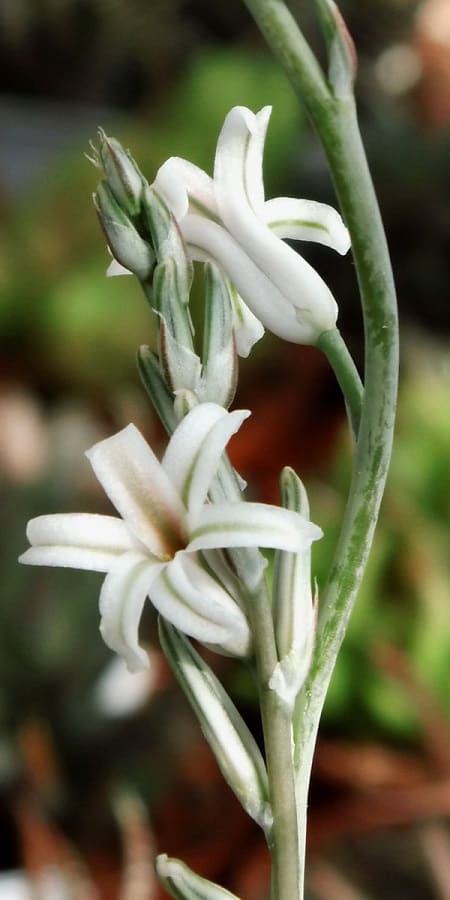
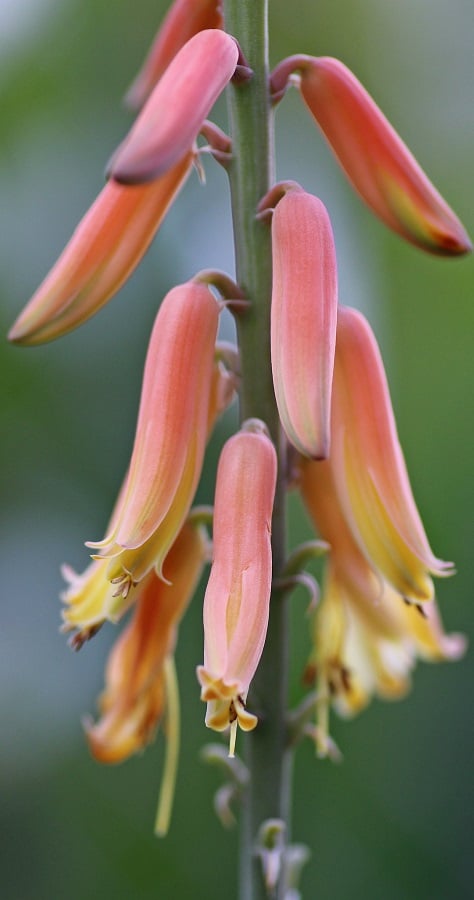
Leaf Margins
Run your fingers along the leaves – haworthia are smooth to the touch without any teeth. Aloes have prickly teeth lining their leaf margins that’ll give you a light pinprick if you’re not gentle.
Think you’ve got it down? It’s quiz time! Look at the examples below and see if you can identify which is the haworthia and which is the aloe:
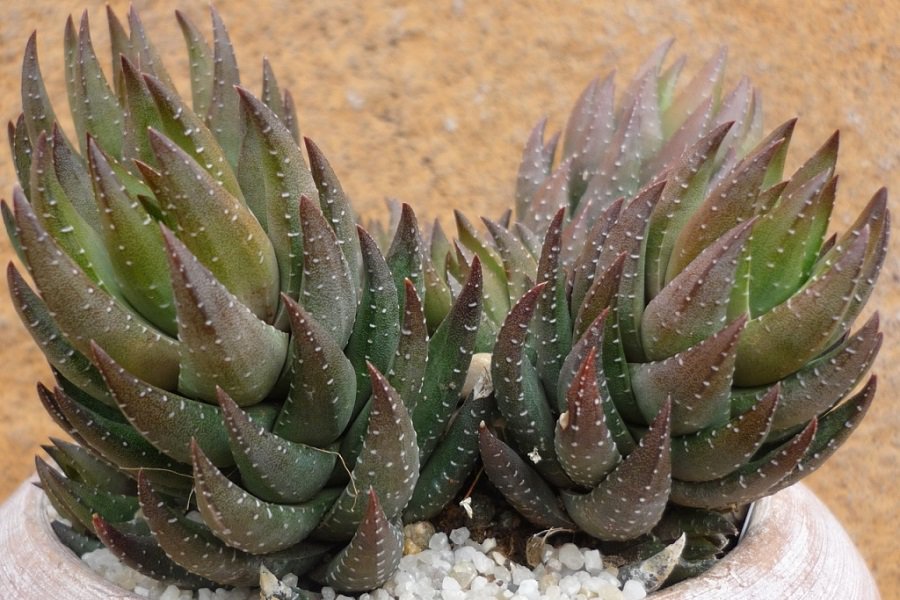
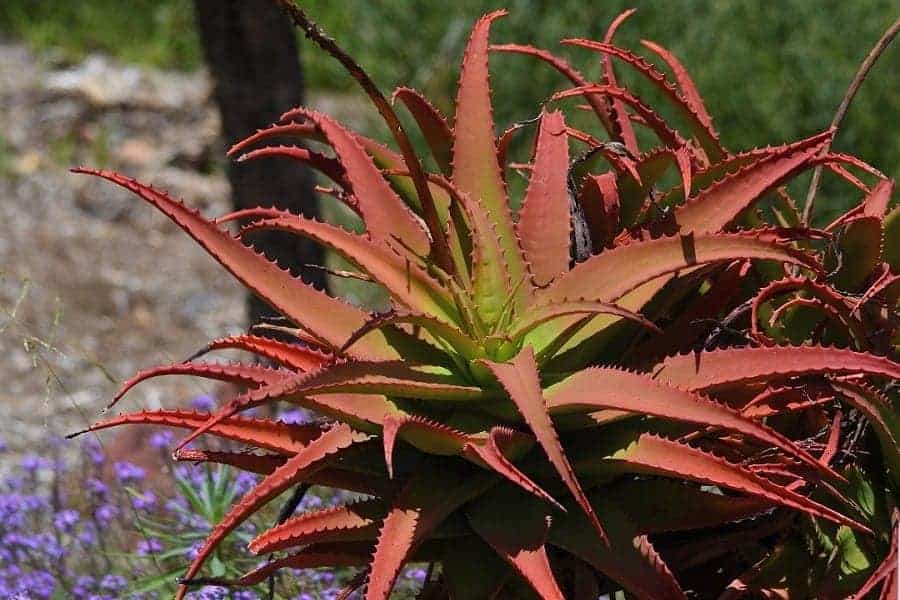
If you guessed the smaller, smoother plant was the haworthia, you’re right! The taller, toothed one is an aloe.
While their appearances definitely diverge, haworthia and aloe do share some key characteristics…
What Haworthia and Aloe Have in Common
While haworthia and aloe plants have some striking differences in size, flowers, and leaf texture, they actually share quite a few similarities too. These low-maintenance buddies make great houseplants for novice green thumbs.
Same Roots
Both haworthia and aloe are native to the southern regions of Africa where they evolved with similar drought-tolerant traits. Their resemblance isn’t just a coincidence – they’re distant cousins!
Stress Signals
If you notice the leaves on your haworthia or aloe turning reddish or yellow, that’s a sign of stress. It means they’re getting too much direct sunlight. These sun-loving succulents like bright, indirect light. Move them to a slightly shadier spot and their green color should bounce back.
Easy Propagation
One of the best things about haworthia and aloe is how easy they are to propagate. Simply allow offsets (baby plants) to form, then snip them off and replant in fresh potting mix. Within a few weeks, you’ll have new baby plants to share with friends!
Related Post:
Haworthia vs Gasteria
Speaking of Care Tips…
While haworthia and aloe have some differences in their ideal conditions, their basic care is very similar. Here’s a quick guide:
- Light: Bright, indirect sunlight. An east or west-facing window is perfect.
- Soil: Well-draining cactus/succulent potting mix amended with sand, perlite or pumice.
- Water: Allow soil to fully dry between waterings. Reduce in winter.
- Temperature: Between 55-85°F (13-29°C). No lower than 40°F (4°C).
One Secret Weapon for Success
The number one killer of haworthia and aloe? Overwatering! Always err on the side of underwatering these drought-loving plants. With their low thirst levels, haworthia and aloe are ideal for forgetful owners.
So what do you think – can you spot a haworthia versus an aloe now? They may look alike at first glance, but paying attention to those key differences in size, flowers, and teeth will have you identifying them like a pro!
